SVG Panel
Price 8000.00 INR/ Piece
SVG Panel Specification
- Base Material
- Metal Base
- Product Type
- SVG Panel
- Material
- Metal
- Surface Finish
- Painted
- Surface Color
- White
- Rated Voltage
- 220-440 Volt (V)
- Frequency (MHz)
- 50 Hertz (HZ)
- Phase
- Three Phase
- Warranty
- 1 Year
SVG Panel Trade Information
- Minimum Order Quantity
- 40 Pieces
- Payment Terms
- Cash on Delivery (COD)
- Supply Ability
- 1000 Pieces Per Month
- Delivery Time
- 25 Days
- Main Export Market(s)
- Australia, Central America, South America, Western Europe, Middle East, Africa, Asia, Eastern Europe, North America
- Main Domestic Market
- All India
About SVG Panel
We have emerged as an eminent enterprise in the respective industry because of our offered best quality range of SVG AHF And PHF Panel. This item is perfectly engineered by using qualitative required materials with the help of advanced technology under the supervision of our experts. It is widely utilized in electrical system for cancelling out the harmonic currents from the same. Besides, clients can get this SVG AHF And PHF Panel from us at competitive price rate within the stipulated time period.
An SVG panel typically refers to a Static Var Generator (SVG) panel, which is an advanced electrical device used for reactive power compensation in power systems. The SVG panel helps in stabilizing the voltage and improving the power factor by providing or absorbing reactive power (VARs) in real-time. It is commonly used in industrial and commercial applications to enhance the efficiency of electrical systems.
Key Features of an SVG Panel:
1. Power Electronics: The core component of the SVG is based on high-speed semiconductor switches (such as IGBTs - Insulated Gate Bipolar Transistors), which are used to generate or absorb reactive power dynamically. These devices can rapidly adjust the reactive power compensation based on load conditions.
2. Controller/Processor: A microcontroller or digital signal processor (DSP) continuously monitors the voltage and current in the system and calculates the necessary reactive power to be injected or absorbed, providing real-time compensation.
3. Dynamic Response: Unlike traditional capacitor banks or reactors, which offer fixed compensation, an SVG can provide dynamic and precise compensation. This helps in adapting to fast-changing system conditions, such as load fluctuations and voltage variations.
4. Voltage Regulation: By regulating the reactive power in the system, the SVG ensures a stable voltage level and maintains power quality, preventing issues like voltage sag, swell, and over-voltage.
5. Power Factor Correction: An SVG helps to improve the power factor (the ratio of real power to apparent power) by supplying or absorbing reactive power. This reduces losses in the system and improves overall energy efficiency.
6. Harmonic Mitigation: Some SVG systems also help in reducing harmonic distortion in power systems, improving the overall power quality and reducing the impact of harmonics on equipment.
Benefits of an SVG Panel:
Improved Power Factor: The primary benefit of an SVG panel is improving the power factor, reducing penalties from utilities for poor power factor and reducing energy losses.
Dynamic Compensation: SVG panels offer fast and real-time compensation for reactive power, unlike traditional fixed compensation systems, making them ideal for applications with varying loads.
Enhanced Voltage Stability: By regulating the reactive power, SVGs help to maintain stable voltage levels, improving the reliability of electrical systems.
Efficient Operation: By minimizing losses and optimizing the voltage, SVGs help in making electrical systems more efficient, which is especially important in large-scale industrial operations.
Reduction of Harmonics: Modern SVGs can also mitigate the harmful effects of harmonics, ensuring that sensitive equipment operates without interference or damage.
Applications of SVG Panels:
Industrial Applications: Used in manufacturing plants, motors, HVAC systems, and other large machinery where reactive power compensation is crucial for efficient operation.
Commercial Buildings: For improving power quality in buildings with large air conditioning systems, lighting systems, and other electrical loads.
Power Transmission and Distribution: To enhance the stability and efficiency of transmission lines and substations by managing reactive power and maintaining voltage levels.
Renewable Energy Systems: In solar and wind power installations to manage the reactive power generated by inverters and maintain grid stability.
Conclusion:
An SVG (Static Var Generator) Panel is a highly efficient and dynamic solution for managing reactive power, improving power factor, and ensuring voltage stability in electrical systems. It is commonly used in industrial, commercial, and utility applications to improve
Advanced Design for Industrial Reliability
Constructed from durable metal and finished with a protective white paint, the SVG Panel is engineered for longevity in harsh industrial environments. Its sturdy metal base offers superior support, and the panel adheres to high safety and quality standards. Whether for new installations or upgrades, it ensures reliable electrical performance for various industrial processes.
Optimized Power Management
Operating at 220 Volts, this SVG Panel is designed to improve power factor correction, reduce energy losses, and enhance electricity efficiency in industrial facilities. The accurate voltage supply helps stabilize equipment operation, ultimately extending machinery lifespan and reducing maintenance costs. This makes it a valuable investment for businesses focused on optimizing energy usage.
FAQs of SVG Panel:
Q: How is the SVG Panel typically used in industrial applications?
A: The SVG Panel is primarily used to optimize power factor and regulate voltage in industrial environments, ensuring machinery and equipment operate reliably and efficiently. It helps reduce electrical losses and improve overall power management.Q: What are the benefits of using a metal, white-painted SVG Panel?
A: Utilizing a metal construction with a painted finish provides superior durability, corrosion resistance, and an attractive appearance. The white paint also helps with visibility and cleanliness in industrial settings, making maintenance easier.Q: When should an industrial facility consider installing an SVG Panel?
A: It is advisable to install an SVG Panel when consistent voltage supply, power factor correction, and efficient energy usage are needed, especially in settings with fluctuating loads or where equipment is sensitive to voltage variations.Q: Where can these SVG Panels be sourced from in India?
A: SVG Panels with 220 Volt supply and metal construction are available from reputable exporters, manufacturers, suppliers, and service providers across India specializing in industrial electrical solutions.Q: What is the process for supplying and installing the SVG Panel?
A: The process usually involves consulting with a supplier to assess your power requirements, selecting the appropriate panel, and then professional installation by trained technicians to ensure safe integration into your facilitys electrical infrastructure.Q: How does the surface finish contribute to the panels performance in an industrial setting?
A: The painted surface finish serves as a protective coating against dust, moisture, and chemical exposure, significantly extending the lifespan of the panel and maintaining optimal performance in demanding industrial environments.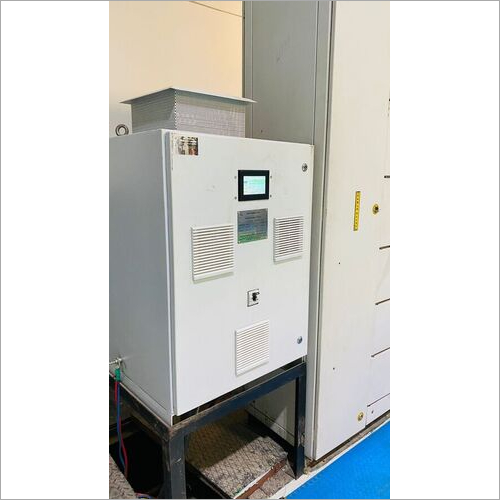
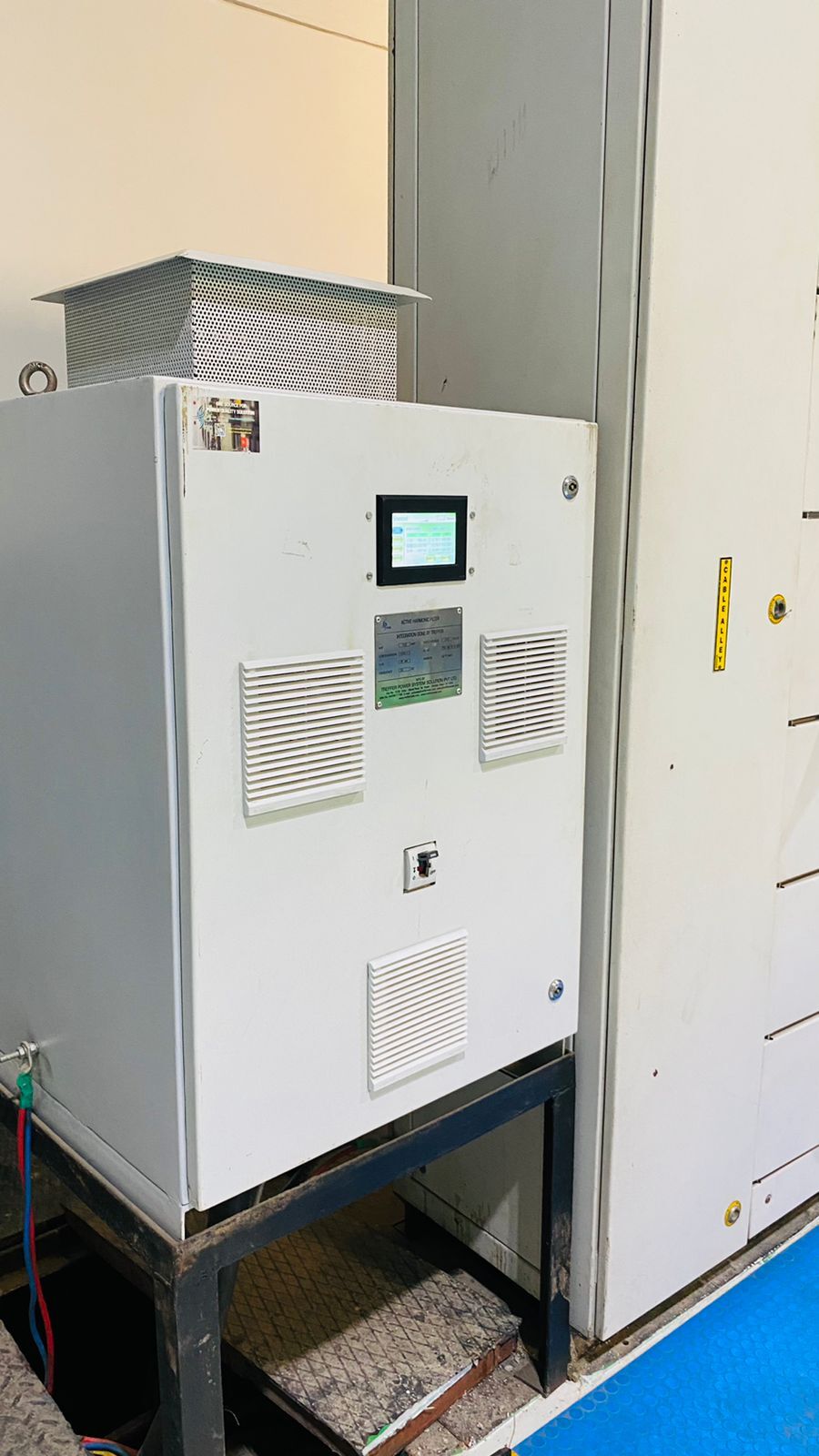
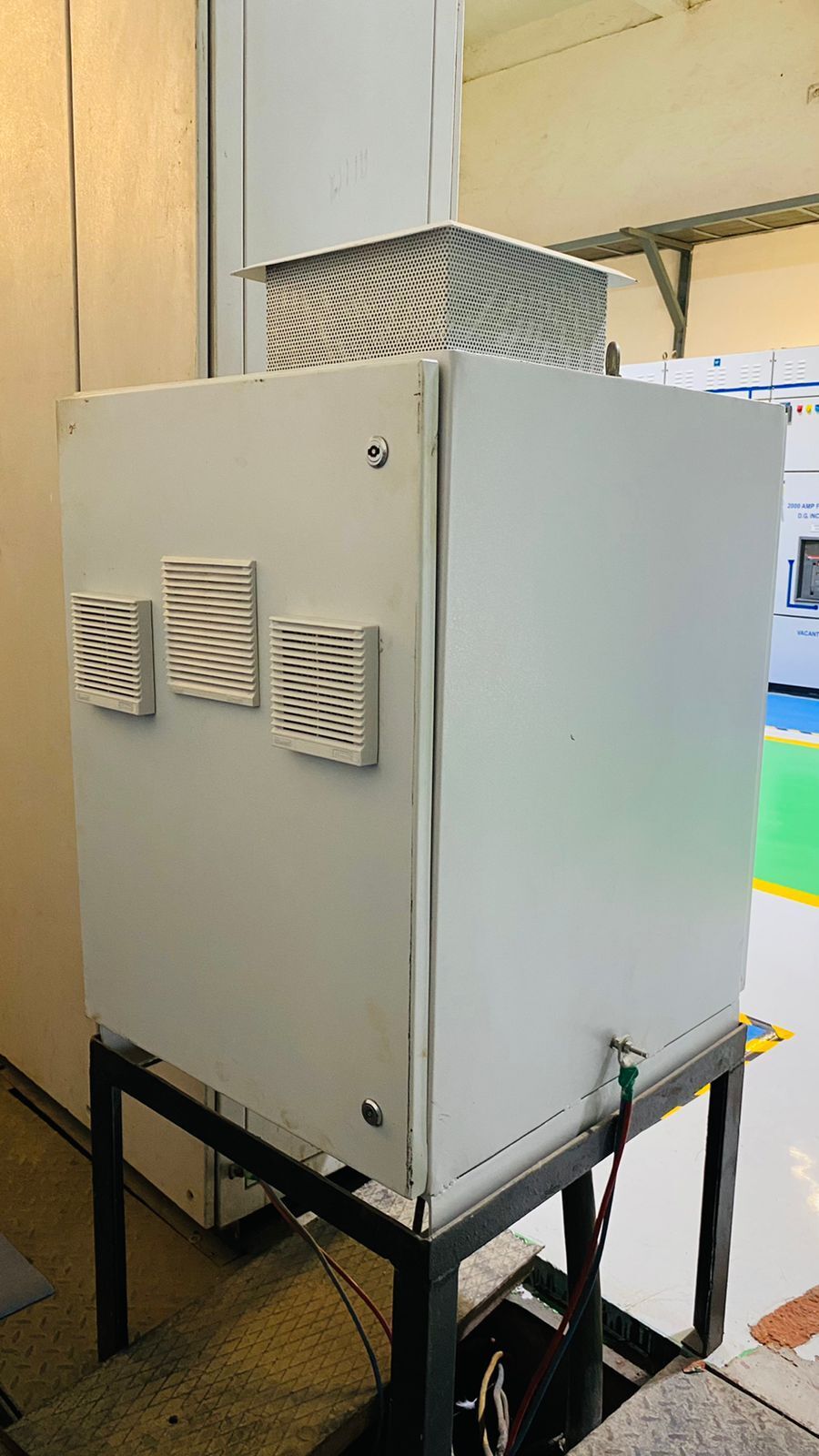
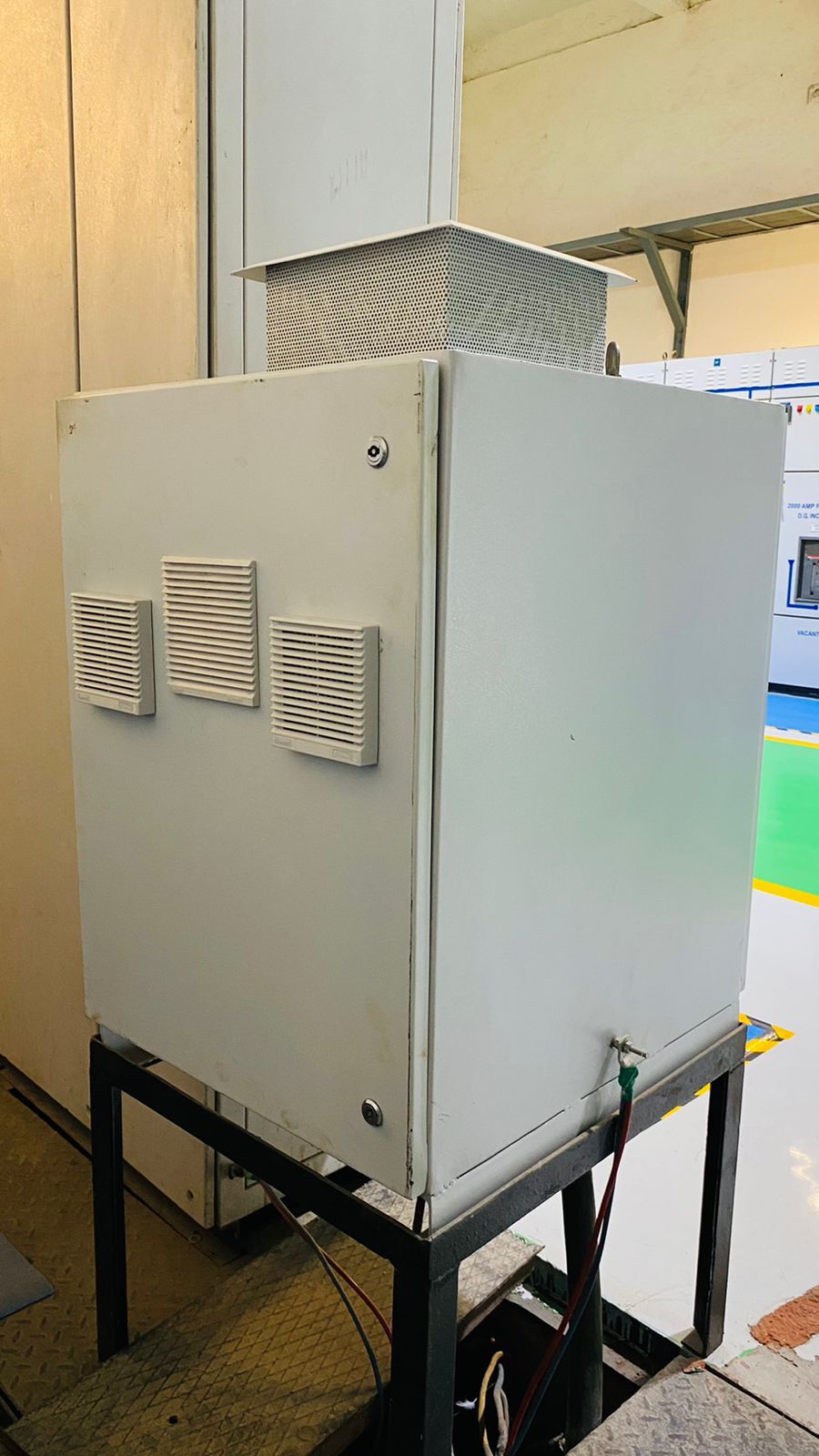
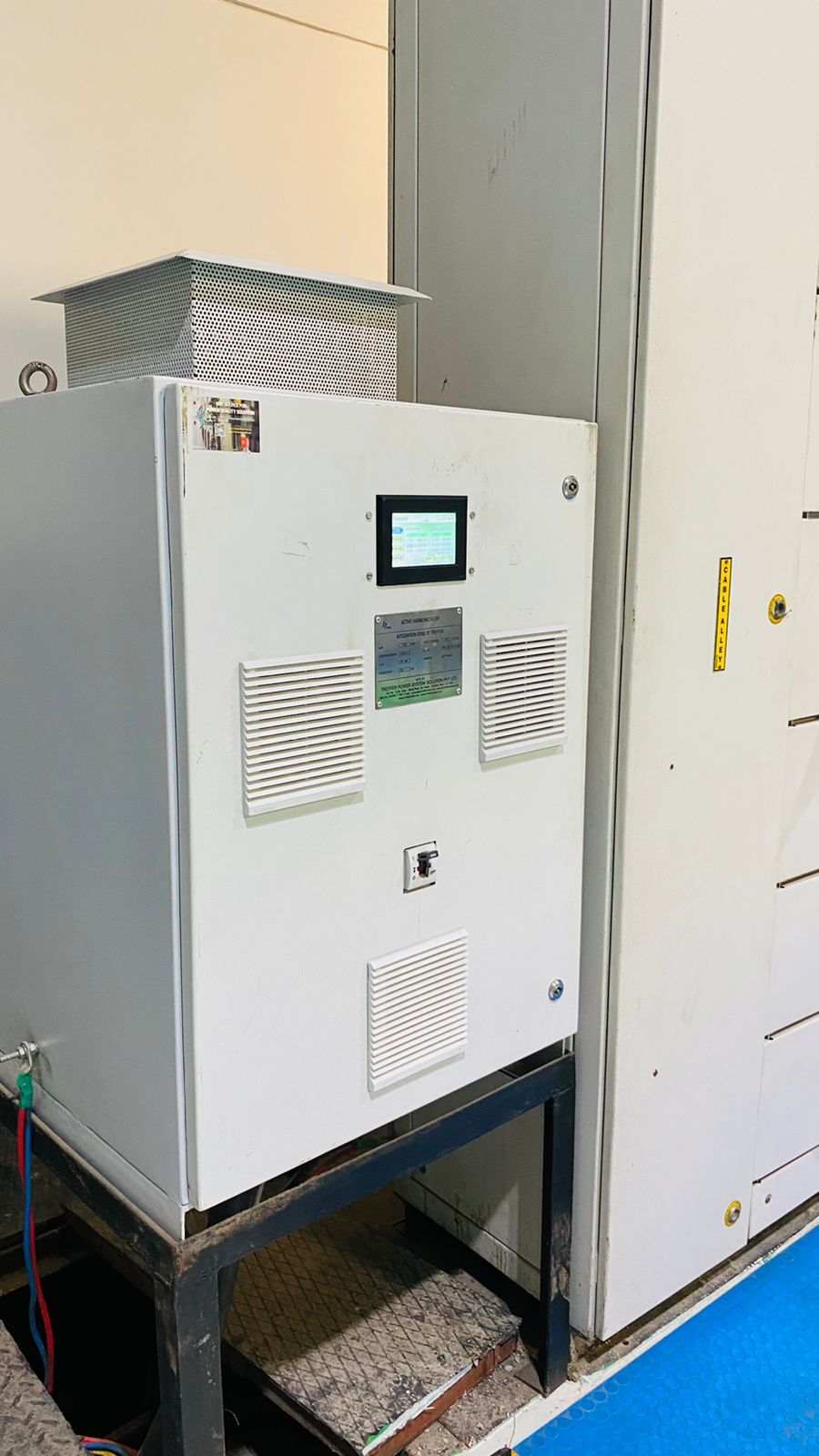

Price:
- 50
- 100
- 200
- 250
- 500
- 1000+
More Products in Control Panel Board Category
HT APFC Panel
Price 600000 INR / Unit
Minimum Order Quantity : 1 Unit
Rated Voltage : 220 Volt (V)
Product Type : HT APFC Panel
Surface Finish : Powder Coated
AHPFC Panel
Price 40000 INR / Unit
Minimum Order Quantity : 5 Units
Rated Voltage : 440V Volt (V)
Product Type : AHPFC Panel
Surface Finish : Painted
Frequency (MHz) : 50 Hertz (HZ)
HT Tuned Filter
Price 1800000 INR / Unit
Minimum Order Quantity : 1 Unit
Rated Voltage : 220 Volt (V)
Product Type : Other, HT Tuned Filter
Frequency (MHz) : 50 Hertz (HZ)
RTPFC Panel
Price 600000 INR / Unit
Minimum Order Quantity : 5 Units
Rated Voltage : 220440 Volt (V)
Product Type : RTPFC Panel
Surface Finish : Painted
Frequency (MHz) : 50 Hertz (HZ)

 Send Inquiry
Send Inquiry
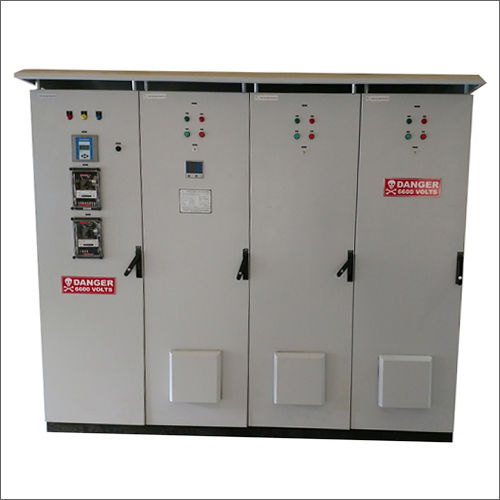
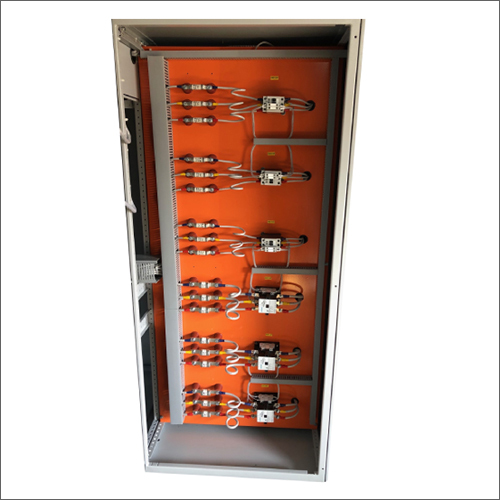
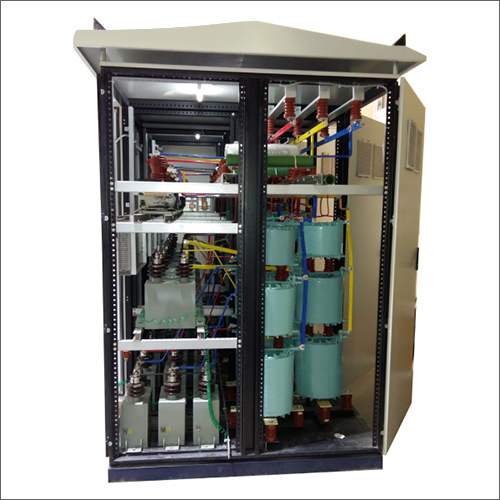
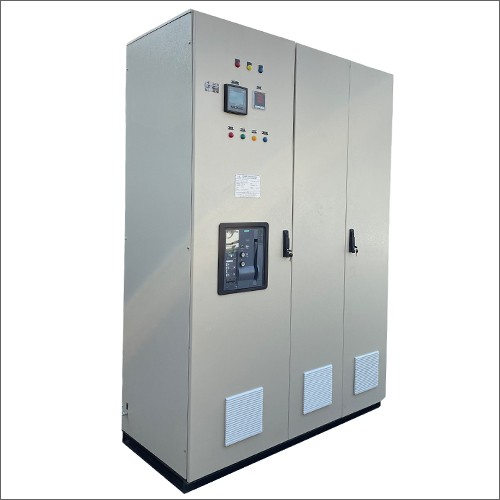
 Call Me Free
Call Me Free
